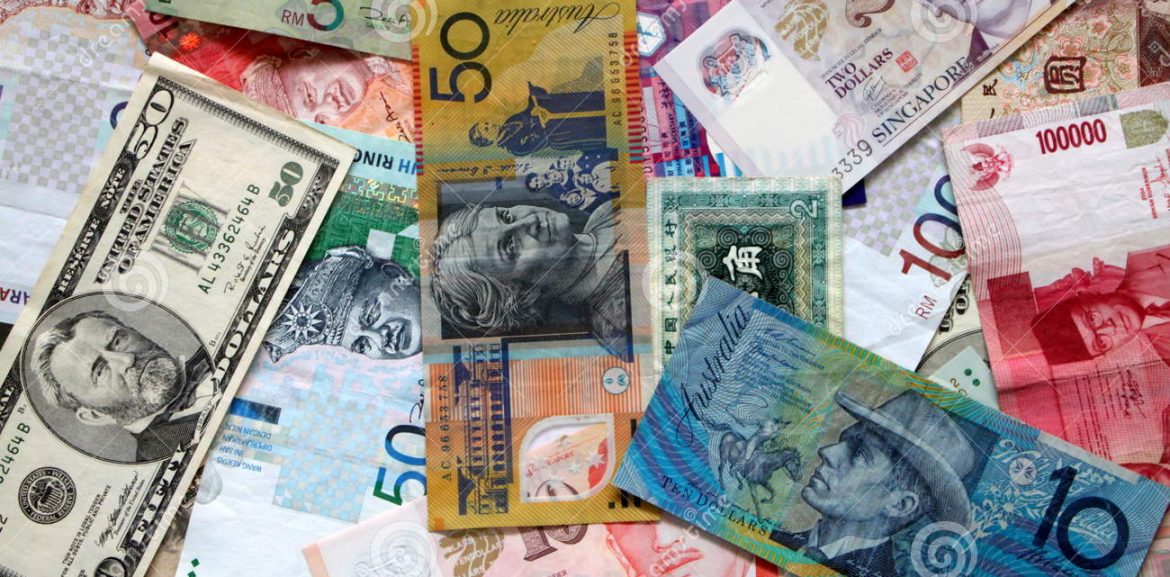
When talking to people about my travel experience, I invariably get a question about money. ‘How did you pay for things?’; ‘Did your ATM card work overseas?’; ‘How did you convert money into local currency?’; ‘Are Traveler’s Cheques out-dated?’; ‘What type of credit card did you use?’; ‘Were you just walking around with wads of cash in your pockets?’- anything and everything regarding money. Honestly, those are a bunch of the very same questions I was asking myself before I set out. Lucky for you, I’ve learned some of the ins and outs along the way. Though each trip is unique, and all people travel differently, here are a few general ‘Money’ tips to get you started, and you can figure out what ‘fits’ for you once you get underway.
ATM’s abound- it seems ATMs have made their way into every nook and cranny of the world these days. I’ve even seen them ON commuter trains. Crazy. Even in developing countries like Cambodia, Nepal, and Malawi, ATMs can be found in almost every urban area. If you plan on being abroad for a long time, it is a good idea to check with your bank about fees for foreign withdrawals. It might be worth opening an account with a bank that has lesser or no fees. Another thing to consider is exchange rates- ATMs generally dispense local currency, and you will be at the mercy of that bank’s conversion rate. Often, it is significantly lower than what the actual rate is. Yet another ‘Cost of traveling’, the only way around this is to carry a bunch of cash, and convert it at a Bureau de Change.
Carrying cash- It is always a good idea to have a bit of hard currency stowed away in your gear somewhere for any unforeseen emergencies. That way, you’ve got something to fall back on should you lose your wallet and/or ATM and credit cards. Now, that does not mean carrying the ENTIRE BUDGET for your trip in the bottom of your rucksack- not a good idea. While you will generally get a better exchange rate at Bureau de Changes than ATMs, it isn’t practical to carry around LOADS of cash- imagine your backpack doesn’t show up at baggage claim- you’re TOAST. Besides, the stress of knowing you’ve got that kind of cash on your person is a bit weighing, as you can’t possibly know what is happening to your bag at EVERY second of the day.
Traveler’s Cheques- always a debate. True, they are a bit archaic, and a pain to keep up with, but if you don’t want to carry large sums of cash, they are a viable option. You will lose a little on the exchange rate, but losing $1,000 in Traveler’s Cheques is a bit easier to stomach than losing $1,000 cash.
Credit cards- Credit cards come in very handy while traveling overseas, but you have to pay attention to the ‘Foreign Transaction’ fees associated with them, and also make sure that you are earning the ‘right kind’ of points (‘Right kind’ being ‘right’ for you personally- airline points, general reward points, etc. What do you typically use your credit card points for? Take this into consideration when choosing a travel credit card). Check with your current carrier about fees for purchases made overseas, and check around for something better if you plan on using the card a lot while traveling. Also, it is preferable to have a card or two from different major suppliers (MasterCard and Visa), as some places may only accept one type of card. (Note: If you are planning on using a credit card(s) while traveling, be sure to set up your account(s) for online payment, and ensure that you get alerts sent to your current email address when statements become available and payments are due. This will help you avoid any ‘late payment fees’ you may incur otherwise.)
In the end, how you carry your money is up to you and what you feel comfortable with. A safe way to go is probably a combination of all 4 methods- a little cash, a few hundred dollars worth of Traveler’s Cheques, an ATM card, and a credit card or two. That way, you will have all the bases covered, and won’t be hanging yourself out to dry if something goes missing.
